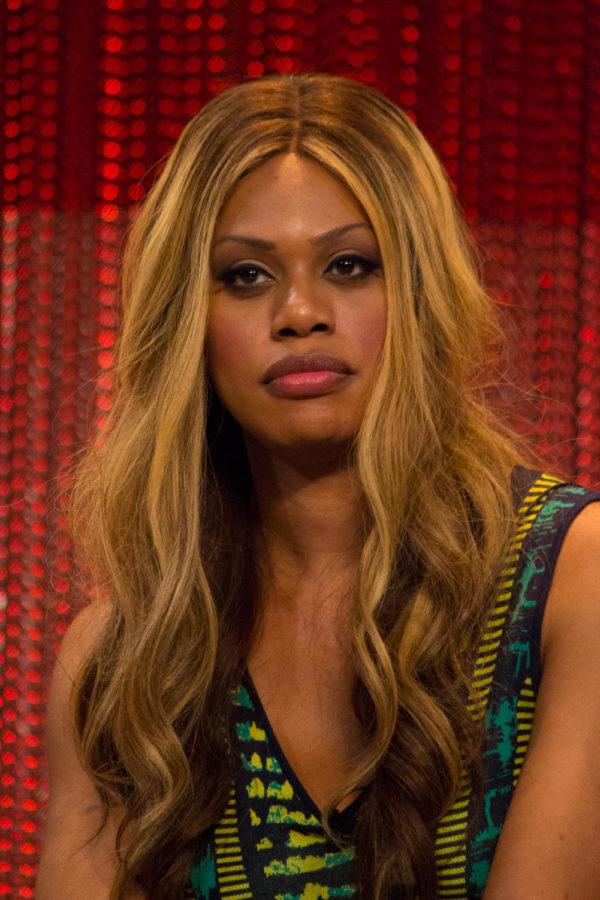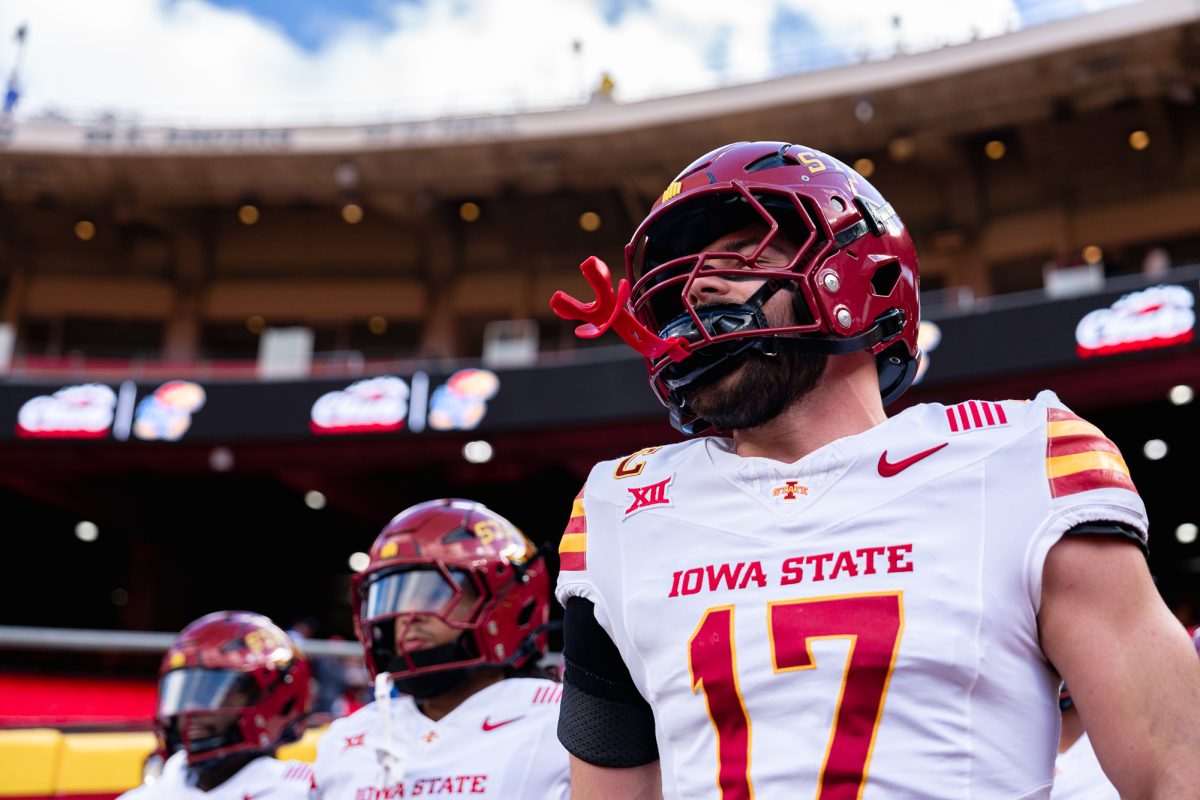Beiwel: Trans representation shows solidarity with ignored group
Laverne Cox at PaleyFest 2014 representing Orange is the New Black.
February 10, 2016
The transgender community is here to stay. It’s been here, and to be perfectly blunt about it, society has turned a blind eye to it. While I understand people share conflicting opinions about how others express their gender, trans people’s presence cannot be ignored, especially in the media.
Several movies and TV shows have been released in recent years that depict trans characters in roles that are involved, interesting, provocative and smart. One example is the show “Transparent”, which depicts the “coming out” and transition of the main character, and the lives of her children.
The show has been well received and generally well regarded by the trans community not only for its honest depiction of transitioning and family life but also because of the creator’s “transformative action program.”
This means many characters are played by transgender actors. While the main trans character is played by Jeffrey Tambor, trans actors and people have a significant presence on the show, which has helped it stand out.
Another show, Netflix’s “Orange is the New Black,” which depicts the lives of inmates in a women’s prison, cast Laverne Cox, a transgender actress, as a transgender character. This was not only momentous but also landed Cox the first ever Emmy for a transgender actor.
However, this phenomenon is the exception and not the rule. Transgender actors and actresses usually don’t play transgender characters. Bigger names such as Jared Leto in “Dallas Buyers Club” and Elle Fanning in “About Ray” tend to dominate the field, while actual trans people are afforded an extra role, or if they’re lucky, a sidekick role.
With the exception of Laverne Cox, without Google, I couldn’t think of one transgender actor or actress. I’m sure I’m not entirely alone in that; the public as a whole isn’t entirely literate on transgender matters.
Most actors and actresses are not transgender. Just as it can be difficult to know how many trans people live in the United States, it can be difficult to tell how many trans people work in Hollywood. I don’t think this is fair. Being trans doesn’t affect people’s ability to work, and it certainly doesn’t infringe upon their ability to act.
Giving trans actors and actresses the first crack at roles that positively represent them — particularly since it has become a new trend to be supportive of individuals in all different facets of the LGBTQ+ community — is common sense. They know their lives, struggles and rewards better than anyone outside of the community. I’m not saying, like some people would, that every trans character should be played by a trans person.
My point is that when directors and the people in charge of casting say they are going to cast the person most qualified, they should reach out to the community they are trying to represent. This would show a willingness to understand the material and show respect for their characters and what those characters represent.
If Hollywood greats care enough to try to shine trans people in the positive light they deserve, can’t they also care enough to give them the representation they deserve? While trans representation has grown tremendously from a slow start, throwing trans people tiny roles to play someone who is transgender can hardly be considered a meaningful change. If we continue to deny them the ability to represent themselves in film and TV, we are in essence treating them like Jerry Springer caricatures of real people with no say in how they are shown and giving them little influence over their own image.






